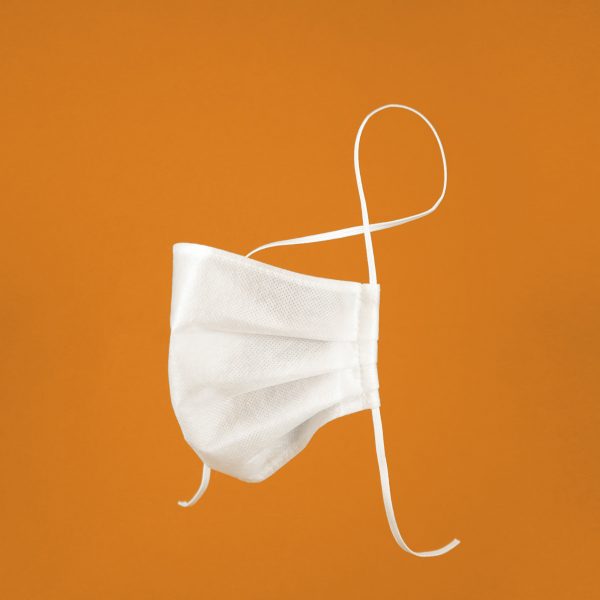Adult mask wearing may help children to “level up” when it comes to communication

While residents of the eastern states of Australia adopting face masks when moving around the community, a Deakin social neuroscientist has outlined an unexpected upside, believing Australian’s of all ages may emerge from this experience more attuned to other forms of social communication.
Deakin School of Psychology Cognitive Neuroscience Unit Associate Lecturer, Dr Soukayna Bekkali, says that wearing masks when in public for an extended period may lead to heightened sensitivity to reading alternative social cues, such as eye contact and gaze, movement of the brows, body language, and social contextual cues.
Children may also become more adept at interpreting nonverbal cues which are not linked to facial expressions involving the lower half of the face.
“When an element of communication is diminished, as we are currently experiencing with the mask mandate in response to the COVID-19, we become highly attuned and skilled at working with what is left,” Dr Bekkali said.
The term ‘smize’ – coined by the modelling industry to describe adopting a playful or alluring expression using only the eyes – may become of more importance to the broader population, and, depending on the length of time for which masks are required, Dr Bekkali said, the ability to understand others may become sharper and more sensitive to other sources of information, such as gaze, may be enhanced.
“We can decipher a lot about how someone is feeling, thinking, or communicating, via the top part of the face. In fact, research suggests that we can decipher the difference between a genuine smile and a false smile by reading the eye and brow area alone, suggesting that, when the modelling industry came up with the term of ‘smize’, they were onto something,” she added.
Although much of a person’s ability to read and process facial cues is developed at a very young age, Dr Bekkali says that parents and educators do not need to worry about young children’s development being negatively impacted or delayed by the compulsory mask rule.
“It’s really important to remember that many of the important interactions critical to a young child’s social development come from our caregivers and families at home,” she said.
“During the early years of life, children develop social cognitive abilities, such as facial decoding skills, emotion recognition, and social communication, from interactions with their caregivers. Infants and toddlers develop a comprehensive neural system that allows them to draw a link between a physical action, such as a smile, and the corresponding emotion and internal state such as happiness. The mask rule doesn’t apply in the home, so nothing changes to affect this critical developmental process.”
To further reassure, Dr Bekkali noted that in other parts of the world where it is environmentally or culturally required to cover parts of the face, children still learn to communicate and read facial cues.
“When face-to-face learning returns (or takes place), it’s understandable that children spending a lot of time seeing people with their faces covered, such as teachers or caregivers, may concern some parents but there’s great alternatives for people who interact regularly with children. Childcare workers taking care of very small children, for example, can wear transparent face shields, which allows for visual non-verbal communication whilst also maintaining safety against COVID-19 transmission” she added.
Overall, the benefits of wearing face masks, in terms of the protection offered to the community, “far outweigh” what may be lost from not seeing the bottom half of the face Dr Bekkali concluded.
Popular

Quality
Practice
Provider
Research
Workforce
Honouring the quiet magic of early childhood
2025-07-11 09:15:00
by Fiona Alston

Workforce
Policy
Quality
Practice
Provider
Research
The silent oath: Why child protection is personal for every educator
2025-07-17 09:00:31
by Fiona Alston

Quality
Provider
Practice
Workforce
Affinity Education outlines safety review following criminal charges against ex-staff member
2025-07-14 09:18:08
by Fiona Alston











